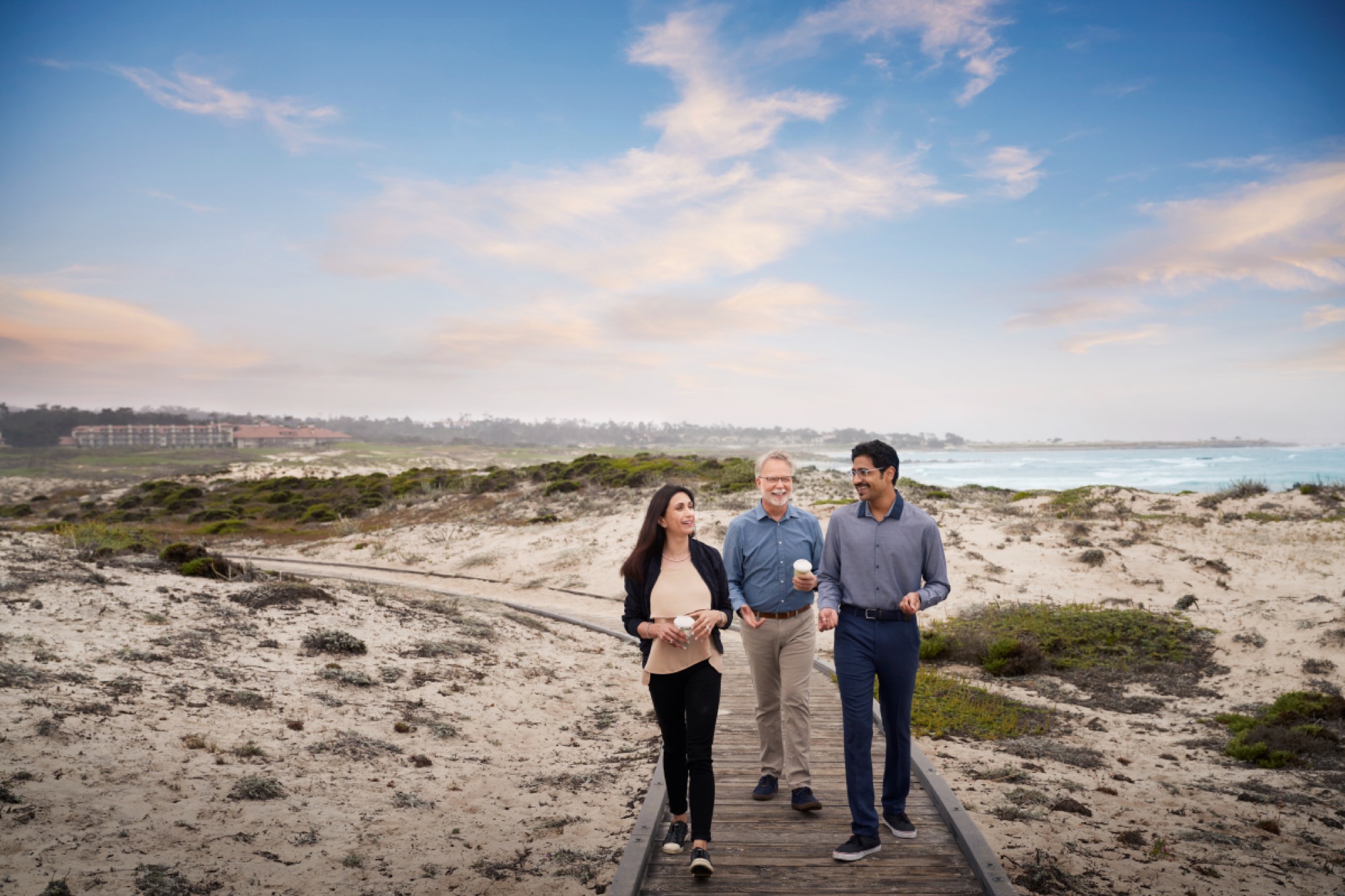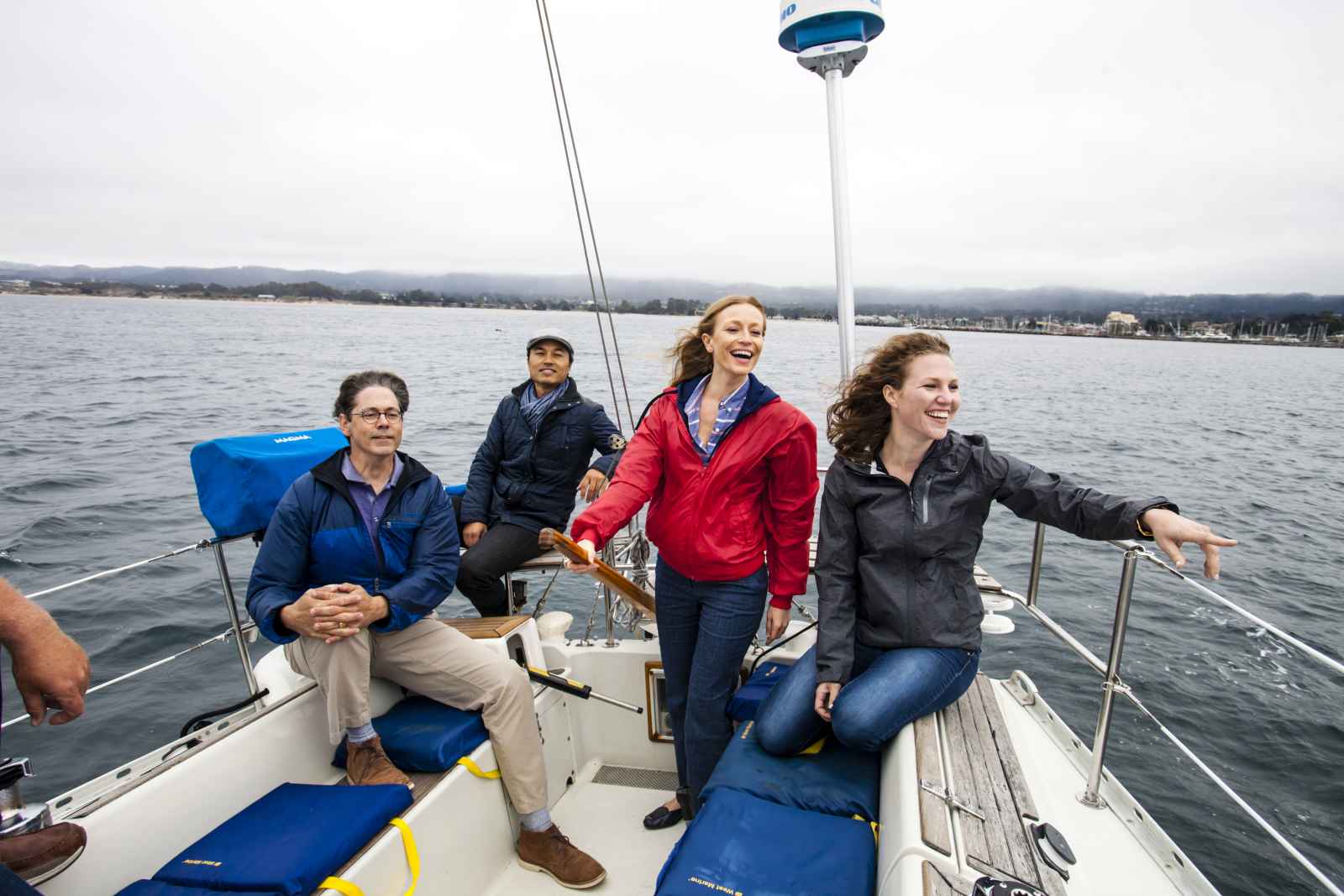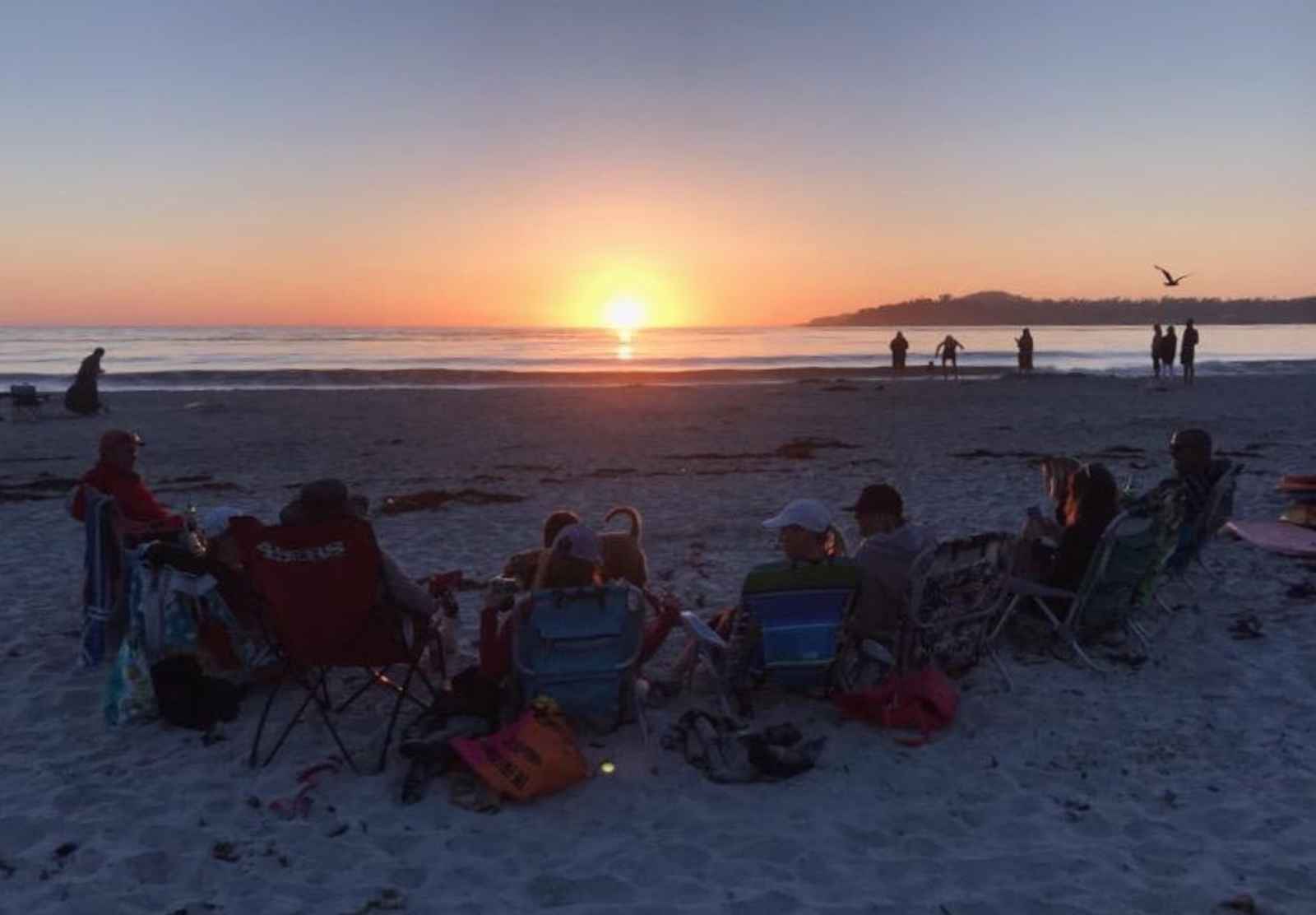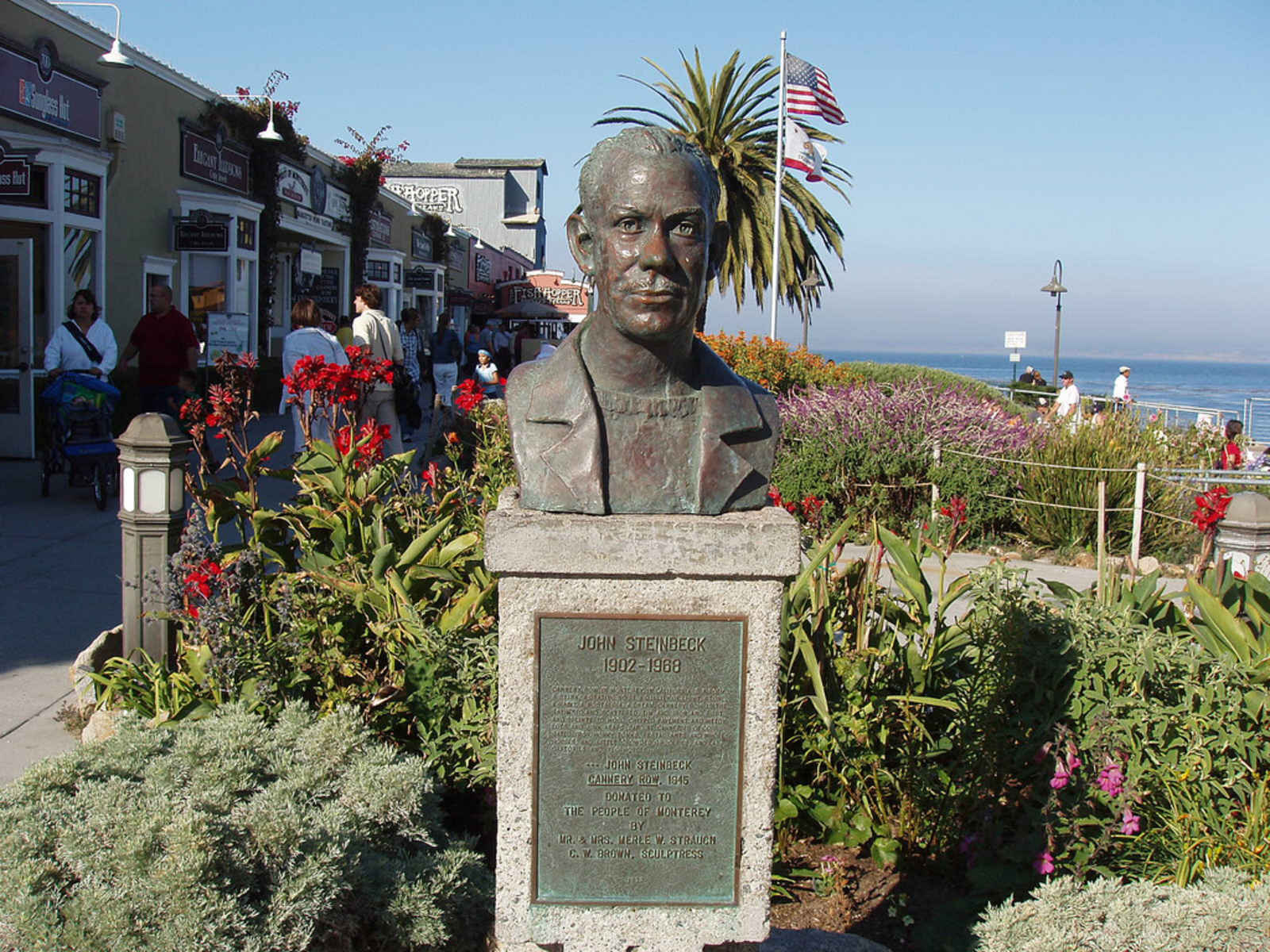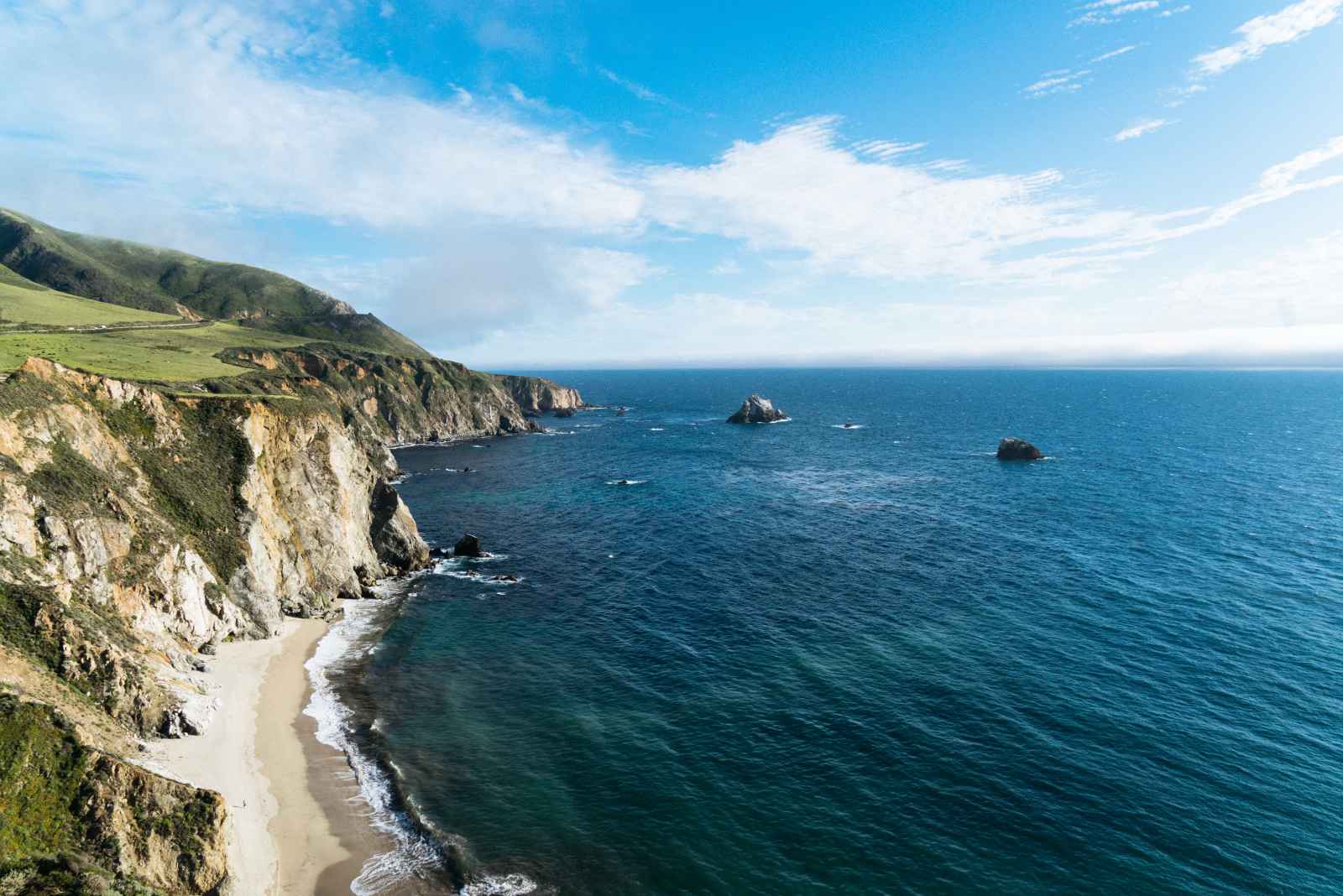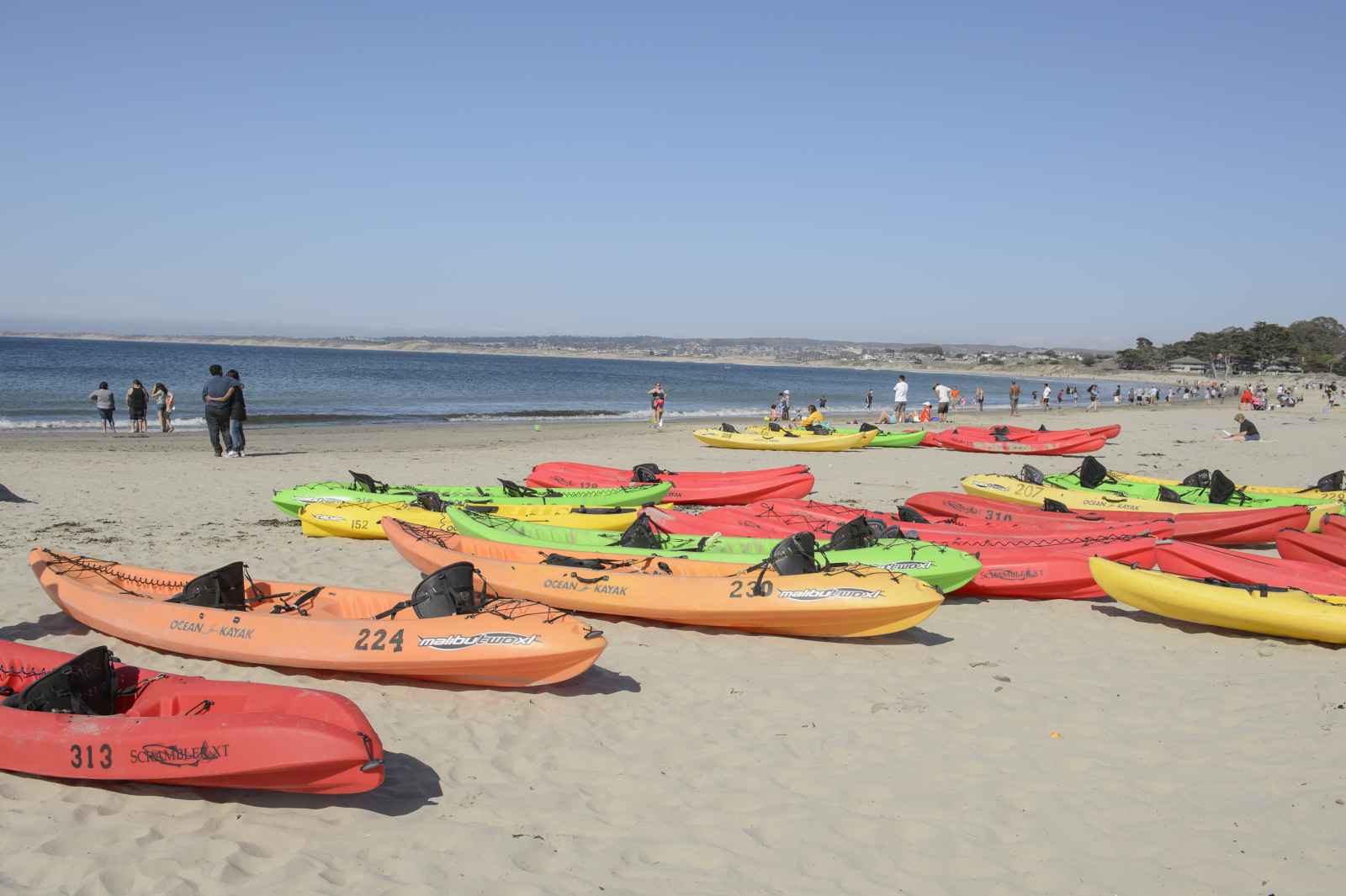
Skift Take: New scientific research links getting out of your comfort zone with increased creativity. For meeting planners looking for the next big thing, that means smaller-scale venues and unexpected destinations should be top of mind.
Every summer, hundreds of farmers, technologists and data scientists land in Salinas, California for an invitation-only gathering that's redefining what the world eats. But unless you're in the agriculture business, you probably haven't heard of the Forbes AgTech Summit. This three-day event, which features seminars and talks from guests like Deputy Secretary of Agriculture Stephen Censky and Bruce Taylor, the founder of Taylor Farms, the world's largest salad and fresh vegetable brand, is all about the innovations and creativity that will shape the future of farming.
"We had about 600 of the most entrepreneurial minds in global agriculture, including business leaders from Silicon Valley, to take on some of the world's most critical challenges," said Lindsay Ezykowich, who organizes the annual event, which has been held in Monterey County the last four years. "Salinas provides a fully immersive experience into the world of agriculture technology from tours of state-of-the-art processing plants to hands-on demonstrations of cutting-edge in-field technology," she said, thanks in part to its proximity to Silicon Valley.
Also critical is the fact that agriculture is far and away the largest economic sector in the region, says Salinas City Manager Ray Corpuz. "The economic impact is around $9 billion," he said of agriculture. "People want to see how it works and it happens here at the intersection of Silicon Valley and the Salinas Valley."
Not that it's all business. During the most recent edition of the Summit, this past June, Ezykowich arranged a mini food festival that brought together seven local chefs to offer a variety of local foods the ultimate farm-to-table lunch for people who know more than a few things about farm-to-table. "It's one of the things I'm most proud of," she said. "We had different stations throughout this little village that we'd built. A local taco station, local artichokes, among other local produce and people were able to interact with the chefs and learn about the products that they're growing and then cooking with."
Needless to say, it's the sort of experience that fosters not just networking and camaraderie among attendees but also sparks new ideas and new connections that they'd never get inside a typical meeting space. That affinity for inspiration is a big factor in deciding where to stage events in the first place, said Danielle Restaino, a meeting planner at Genentech who manages about 25 corporate gatherings a year.
"To take our folks away from their home life and loved ones and their day jobs we absolutely have to provide an amazing experience for them," Restaino said. "It's not just about bringing people together and sitting them down and talking with them all day, it's about the experience. You definitely have to let people enjoy the destination."
One place she's fond of is Monterey County and not just because it's convenient to Genentech's headquarters in South San Francisco. "To me the whole Monterey Peninsula is really inspirational in itself. It's such a unique environment with so many things to offer," she said. "It really is this retreat where you can slow down, let the work happen and let those brainstorms come to you in a quiet, energizing, inspirational setting."
The Scientific Connection Between Travel and Inspiration
But why is it that inspiration seems to strike when we're away from home anyway? It's a question that researchers have tried to answer in recent years, in an effort to demonstrate a scientific link between going somewhere new and dreaming up that next big idea. There's anecdotal proof it works who hasn't had an ah-hah moment while in the shower? But studies have recently proven that getting out of our comfort zone increases creativity.
"Openness to experience is consistently the strongest predictor of creative achievement," said Scott Barry Kaufman, a Barnard College psychologist, in an interview with HuffPost. "Creative people have more diversity of experiences and habit is the killer of diversity of experience."
One reason hinges on the idea of "psychological distance," which Indiana University researchers explored in a series of studies. In one, researchers asked participants to solve a series of logic puzzles. One set of participants were told the queries came from writers 2,000 miles away; another set was told the questions came from people working just across town. Though the text of the puzzles given to both groups were the same, study participants solved more of the "distant" questions than the "near" ones.
The takeaway, according to a Scientific American report on the study results, is that "there are several simple steps we can all take to increase creativity, such as traveling to faraway places (or even just thinking about such places), thinking about the distant future, [and] communicating with people who are dissimilar to us." In other words, getting out of your comfort zone, exploring new places and meeting with new people are scientifically proven to improve the odds you'll have a breakthrough.
Finding Creativity in Nature
While the novelty of one's surroundings is a major factor, there's another big influence on creativity that researchers have discovered: Nature and natural surroundings provide a measurable boost to anyone tasked with thinking up fresh ideas.
One sure-fire way to boost creativity, wrote three University of California, San Diego researchers, is "seeking out new stimuli or combinations of stimuli," particularly through visiting new environments. Another study found that factors like "complexity of visual detail" and "view of natural environment" were likely to contribute to increased creativity. And researchers have lately confirmed that simply being outside "” let alone running, hiking or otherwise working up a sweat can lead to breakthroughs.
"Being in nature can restore our mood, give us back our energy and vitality, refresh and rejuvenate us," wrote Dr. Qing Li, whose 2018 book, Forest Bathing: How Trees Can Help You Find Health and Happiness, helped popularize the Japanese concept with American readers. Since 2016, search interest for "forest bathing" has increased nearly ten-fold, according to Google Trends, which may explain why so many wellness centers have adopted it. Places like the Monterey Bay Meditation Studio have programs designed for locals and visitors alike, while destination hotels worldwide, including Blackberry Farm, Six Senses Douro Valley and Trout Point Lodge, have also embraced the practice, which centers on spending calm, screen-free time in the woods. (Trout Point even goes so far as to advertise itself as a "distraction-free" meetings venue, which can inspire "team focus, creativity and relaxation.")
Finding Inspiration at Monterey County's Famed Esalen Retreat
But for the combination of raw natural beauty and psychological (not to mention geographical) remove, it's hard to top the Esalen Institute, about 45 miles south of Monterey, along the Pacific Coast Highway. Founded in 1962, the Institute continues to host lecture series and workshops that "explore deeper spiritual possibilities; forge new understandings of self and society; and pioneer new paths for change," as their literature put it.
"Esalen is about curating meaningful experiences for transformation and greater good in people's lives," said Cheryl Fraenzl, director of programs at Esalen.
Fans of the show Mad Men may already have an idea of what Esalen is like: At the close of the series, after years of bad decisions, the mercurial creative director Don Draper washes up at an "Esalen-like retreat," as the Hollywood Reporter put it. In the show's final scene, Draper finally has a breakthrough, recharged by the spiritual zen and natural beauty of his pilgrimage to Monterey County: While meditating overlooking the Pacific, he dreams up the famed "I'd Like to Buy the World a Coke" ad, getting his career (and life) back on track.
While that particular depiction of an Esalen-like experience is fictional, it's not out of character. "By all measures, it is a stunning place, replete with natural beauty and a certain physical paradox," wrote historian Jeffrey Kripal in his book Esalen: American and the Religion of No Religion. "The rocky heights seem to drop directly into the watery depths," he wrote. Even just getting there can have inspirational impact, Fraenzl said.
"Visitors go down this fairly incredibly gorgeous road "” Highway 1 "” and you have to be very mindful on the drive and so this whole journey is an experience in itself. Then you get to Esalen and you go down a hill and it's only then that you see the land. And that's when I see people start to slow down," she said. "Simply being here in nature on this land there's something transformational about that."
This content was originally posted on Skift.com.


